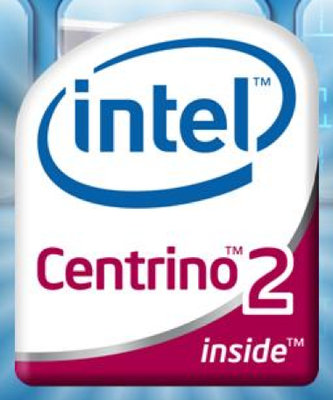How a detector works
The job of a particle detector is to record and visualise the explosions of particles that result from the collisions at accelerators. The information obtained on a particle’s speed, mass, and electric charge help physicists to work out the identity of the particle.
The work particle physicists do to identify a particle that has passed through a detector is similar to the way someone would study the tracks of footprints left by animals in mud or snow. In animal prints, factors such as the size and shape of the marks, length of stride, overall pattern, direction and depth of prints, can reveal the type of animal that came past earlier. Particles leave tell-tale signs in detectors in a similar manner for physicists to decipher.
Modern particle physics apparatus consists of layers of sub-detectors, each specialising in a particular type of particle or property. There are 3 main types of sub-detector:
- Tracking device – detects and reveals the path of a particle
- Calorimeter – stops, absorbs and measures the energy of a particle
- Particle identification detector – identifies the type of particle using various techniques
To help identify the particles produced in the collisions, the detector usually includes a magnetic field. A particle normally travels in a straight line, but in the presence of a magnetic field, its path is bent into a curve. From the curvature of the path, physicists can calculate the momentum of the particle which helps in identifying its type. Particles with very high momentum travel in almost straight lines, whereas those with low momentum move forward in tight spirals.
Tracking devices
Tracking devices reveal the paths of electrically charged particles through the trails they leave behind. There are similar every-day effects: high-flying airplanes seem invisible, but in certain conditions you can see the trails they make. In a similar way, when particles pass through suitable substances the interaction of the passing particle with the atoms of the substance itself can be revealed.
Most modern tracking devices do not make the tracks of particles directly visible. Instead, they produce tiny electrical signals that can be recorded as computer data. A computer program then reconstructs the patterns of tracks recorded by the detector, and displays them on a screen.
They can record the curvature of a particle’s track (made in the presence of a magnetic field), from which the momentum of a particle may be calculated. This is useful for identifying the particle.
Muon chambers are tracking devices used to detect muons. These particles interact very little with matter and can travel long distances through metres of dense material. Like a ghost walking through a wall, muons can pass through successive layers of a detector. The muon chambers usually make up the outermost layer.
Calorimeters
A calorimeter measures the energy lost by a particle that goes through it. It is usually designed to entirely stop or ‘absorb’ most of the particles coming from a collision, forcing them to deposit all of their energy within the detector.
Calorimeters typically consist of layers of ‘passive’ or ‘absorbing’ high–density material (lead for instance) interleaved with layers of ‘active’ medium such as solid lead-glass or liquid argon.
Electromagnetic calorimeters measure the energy of light particles – electrons and photons – as they interact with the electrically charged particles inside matter.
Hadronic calorimeters sample the energy of hadrons (particles containing quarks, such as protons and neutrons) as they interact with atomic nuclei.
Calorimeters can stop most known particles except muons and neutrinos.
Particle identification detectors
Two methods of particle identification work by detecting radiation emitted by charged particles:
- Cherenkov radiation: this is light emitted when a charged particle travels faster than the speed of light through a given medium. The light is given off at a specific angle according to the velocity of the particle. Combined with a measurement of the momentum of the particle the velocity can be used to determine the mass and hence to identify the particle.
- Transition radiation: this radiation is produced by a fast charged particle as it crosses the boundary between two electrical insulators with different resistances to electric currents. The phenomenon is related to the energy of a particle and distinguishes different particle types.
















